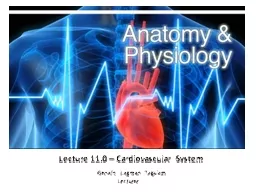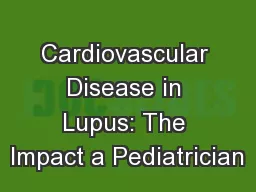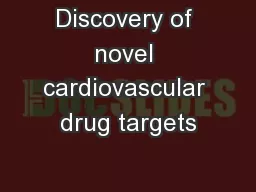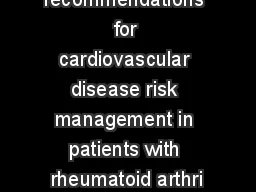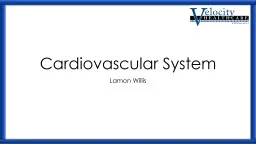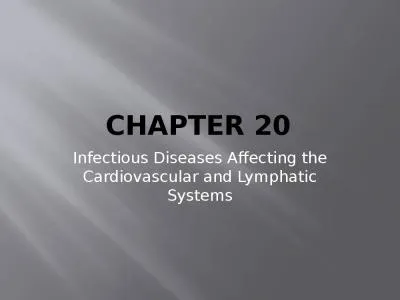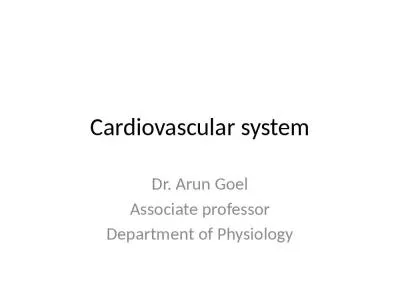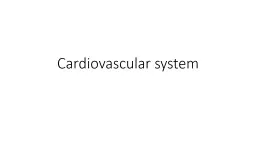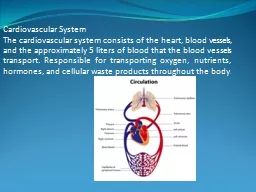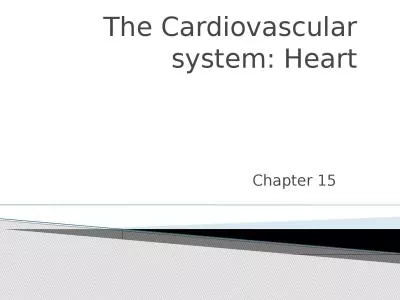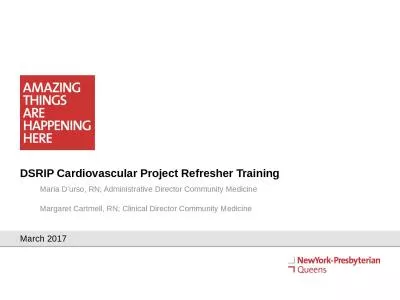PPT-Lecture 11.0 – Cardiovascular System
Author : trish-goza | Published Date : 2019-12-14
Lecture 110 Cardiovascular System Genalin Lagman Taguiam Lecturer Course Outcomes On completion of the weeks activity the students should be able to identify the
Presentation Embed Code
Download Presentation
Download Presentation The PPT/PDF document "Lecture 11.0 – Cardiovascular System" is the property of its rightful owner. Permission is granted to download and print the materials on this website for personal, non-commercial use only, and to display it on your personal computer provided you do not modify the materials and that you retain all copyright notices contained in the materials. By downloading content from our website, you accept the terms of this agreement.
Lecture 11.0 – Cardiovascular System: Transcript
Download Rules Of Document
"Lecture 11.0 – Cardiovascular System"The content belongs to its owner. You may download and print it for personal use, without modification, and keep all copyright notices. By downloading, you agree to these terms.
Related Documents

